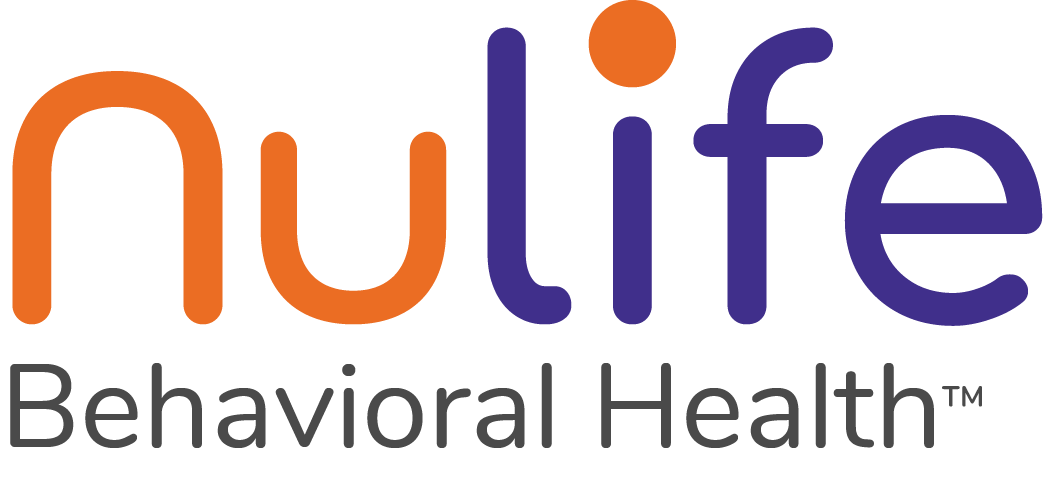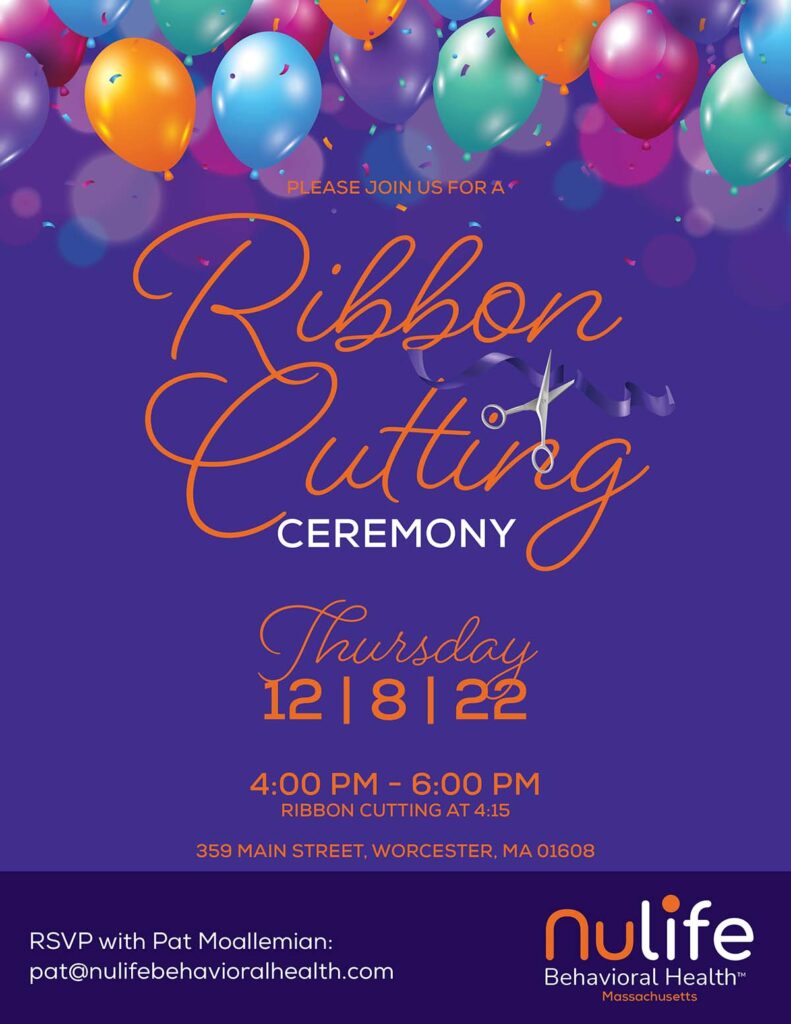What's the Difference Between Drug Addiction and Drug Dependence?
Prescription drug addiction, like all substance abuse disorders, is a chronic psychological and medical condition that affects all aspects of a person. Drug addiction includes both drug dependence and psychological dependence. Drug dependence alone isn’t evidence of addiction.
Addiction. This is a combination of a psychological craving for the drug plus drug dependence. Although a few rare substances can provoke addiction without true drug dependence, this is not the case with prescription drugs. Addiction often leads to destructive behaviors and impacts your daily life. An addicted person will continue using their substance of choice even though it’s causing them negative consequences.
Dependence. This is a physical condition where your body needs the drug to function normally. Stopping the drug suddenly (going “cold turkey”) can lead to withdrawal symptoms.
What Kinds of Prescription Drugs Are Most Likely to Cause Drug Addiction?
Opioids
Benzodiazepines
Stimulants
Muscle Relaxants
Drug Interactions
Can't My Doctor Just Adjust My Prescription?
How Does Someone Become Addicted to Prescription Drugs?
Overuse: The Slippery Slope
Long-term Use: When Medication Becomes a Crutch
Self-Medication: A Dangerous Coping Mechanism
Ignoring Medical Advice: The Perils of Going Solo
Social and Environmental Factors: The External Triggers
What Are the Signs of Prescription Drug Addiction?
Behavioral Changes. One of the first signs of prescription drug addiction is a noticeable shift in behavior. You may observe mood swings, increased secrecy about activities, or a sudden withdrawal from social events and family gatherings.
Physical Symptoms. Physical symptoms can also be a red flag. Drowsiness or lethargy, unexplained weight loss or gain, and neglect of personal hygiene often indicate something is amiss.
Neglecting Responsibilities. Another sign of addiction is declining performance at work or neglecting household responsibilities. Tasks that were once easy to manage may become overwhelming, leading to missed deadlines at work or a disorganized home life.
What Are the Risk Factors?
Family history. A family history of addiction can significantly increase your risk of becoming addicted to prescription drugs. Genetic predispositions can make some individuals more susceptible to the addictive properties of certain medications.
Mental health conditions. If you’re already dealing with mental health conditions like anxiety, depression, you may be at a higher risk for developing drug addiction.
Social environment. Your social environment can also be a significant risk factor. Peer pressure to use prescription drugs recreationally or turn to medications as a coping mechanism during stressful life events increases the likelihood of addiction.
Family history, mental health conditions, and your social environment are significant risk factors for developing a prescription drug addiction. Being aware of these factors can help you take preventive measures and seek early intervention if needed.
Find Help at NuLife Behavioral Health Illinois
If you notice signs of addiction in yourself or a loved one, it’s crucial to seek help immediately. The sooner you act, the better the chances for recovery.
Prescription drug addiction is considered a chronic condition but can be treated and managed. With the right combination of evidence-based treatment, behavioral therapy, holistic therapies, and long-term aftercare, a person can achieve sustained recovery and lead a fulfilling, productive life.
Outpatient programs like those at NuLife Behavioral Health aim not just to “cure” the addiction but to equip individuals with the tools, strategies, and support they need to manage their condition effectively. This often involves addressing underlying issues that may contribute to addiction, such as mental health conditions or emotional trauma, and providing ongoing support to prevent relapse.
NuLife provides a range of treatment options, including:
Individual Therapy. At NuLife, we offer individual therapy sessions with licensed professionals. These one-on-one therapy sessions provide a safe space to explore the underlying issues contributing to your addiction and help you develop coping mechanisms for long-term recovery.
Group Therapy. Group therapy is another cornerstone of our treatment approach. Sharing your experiences with others going through similar struggles can be empowering and give you a sense of community, which is vital for long-term recovery.
Family Therapy. Addiction doesn’t just affect the individual; it impacts the entire family. That’s why NuLife rehab centers include family therapy in its comprehensive treatment plan, involving your loved ones in the recovery process to help heal relationships and provide additional support.
Cognitive Behavioral Therapy (CBT). Cognitive Behavioral Therapy helps individuals identify and change harmful reflexive thought patterns contributing to addiction. It’s one of the most widely used therapies for treating addiction.
Dialectical Behavior Therapy (DBT). This form of therapy is particularly useful for individuals with dual diagnoses and focuses on emotional regulation and interpersonal effectiveness.
Motivational Interviewing. This client-centered approach helps individuals find the internal motivation to change their behavior, which is particularly effective in treating addiction.
Experiential Therapy. Methods like art therapy, music therapy, or adventure therapy help individuals express themselves and confront their emotions in a safe and controlled environment.
Transcranial Magnetic Stimulation (TMS). TMS is a cutting-edge treatment for depression, obsessive-compulsive disorder, and posttraumatic stress disorder (PTSD). It’s non-invasive and can be performed on an outpatient basis.
Relapse Prevention. This involves a range of strategies and therapies designed to help individuals recognize the signs of an impending relapse and take proactive steps to prevent it.

